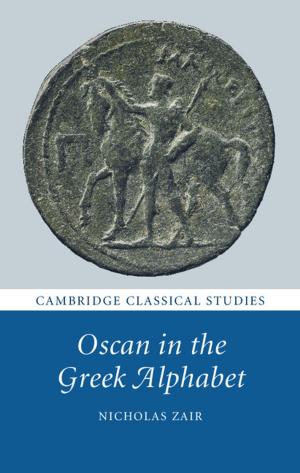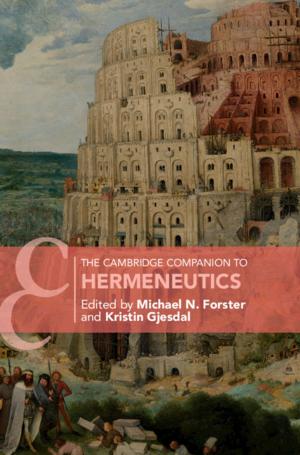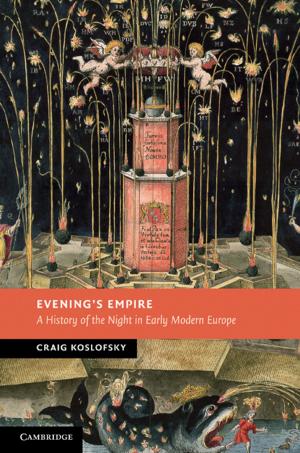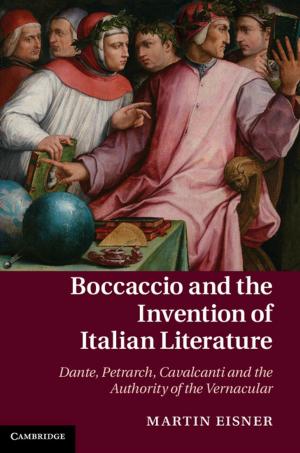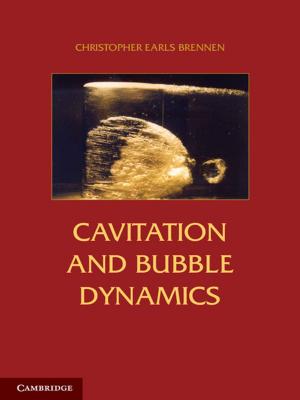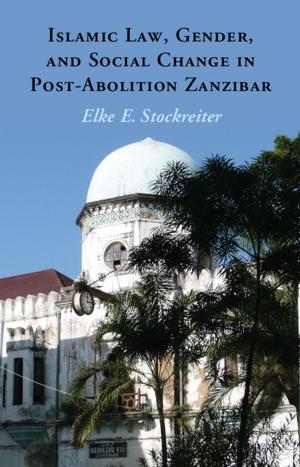Stravinsky and the Russian Period
Sound and Legacy of a Musical Idiom
Nonfiction, Entertainment, Music, Theory & Criticism, History & Criticism, Reference| Author: | Pieter C. van den Toorn, John McGinness | ISBN: | 9781316153574 |
| Publisher: | Cambridge University Press | Publication: | May 10, 2012 |
| Imprint: | Cambridge University Press | Language: | English |
| Author: | Pieter C. van den Toorn, John McGinness |
| ISBN: | 9781316153574 |
| Publisher: | Cambridge University Press |
| Publication: | May 10, 2012 |
| Imprint: | Cambridge University Press |
| Language: | English |
Van den Toorn and McGinness take a fresh look at the dynamics of Stravinsky's musical style from a variety of analytical, critical and aesthetic angles. Starting with processes of juxtaposition and stratification, the book offers an in-depth analysis of works such as The Rite of Spring, Les Noces and Renard. Characteristic features of style, melody and harmony are traced to rhythmic forces, including those of metrical displacement. Along with Stravinsky's formalist aesthetics, the strict performing style he favoured is also traced to rhythmic factors, thus reversing the direction of the traditional causal relationship. Here, aesthetic belief and performance practice are seen as flowing directly from the musical invention. The book provides a counter-argument to the criticism and aesthetics of T. W. Adorno and Richard Taruskin, and will appeal to composers, critics and performers as well as scholars of Stravinsky's music.
Van den Toorn and McGinness take a fresh look at the dynamics of Stravinsky's musical style from a variety of analytical, critical and aesthetic angles. Starting with processes of juxtaposition and stratification, the book offers an in-depth analysis of works such as The Rite of Spring, Les Noces and Renard. Characteristic features of style, melody and harmony are traced to rhythmic forces, including those of metrical displacement. Along with Stravinsky's formalist aesthetics, the strict performing style he favoured is also traced to rhythmic factors, thus reversing the direction of the traditional causal relationship. Here, aesthetic belief and performance practice are seen as flowing directly from the musical invention. The book provides a counter-argument to the criticism and aesthetics of T. W. Adorno and Richard Taruskin, and will appeal to composers, critics and performers as well as scholars of Stravinsky's music.



